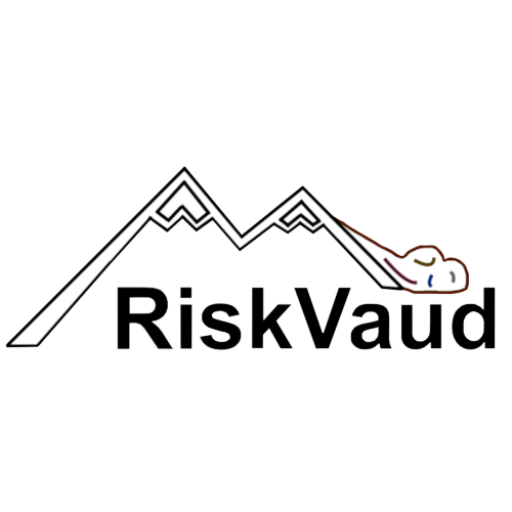Exposure
by Nicolas Serrano
Vulnerability and exposure are components of risk that are commonly conflated as a simplification, however, this can lead to misunderstandings as they are independent terms that must be assessed separately. In the following, we will review the concepts of each.
What is exposure?
The presence of elements in areas susceptible to natural hazards is defined as exposure. This concept is fundamental in the configuration of risk; without exposure the risk is completely or at least highly eliminated as it is not possible for the effects of hazards to reach the elements.
There are numerous variables behind exposure, what leads communities or individuals to settle in areas exposed to natural hazards? Factors such as poor land-use plans, lack of understanding of potential hazards, urban overgrowth, overpopulation and others can lead to risk through exposure.
How to reduce exposure?
Exposure can be reduced through clear management plans and competent authorities establishing zones with lower levels of exposure to hazards, this is why is so important to promote detailed studies of the hazards and their zoning. If it is not possible to prevent the siting of new elements in susceptible areas, structural and non-structural measures are necessary to reduce the vulnerability of exposed elements. It is also recommended to reduce exposure temporarily, e.g. by emergency evacuations through early warning systems

An example of exposure
